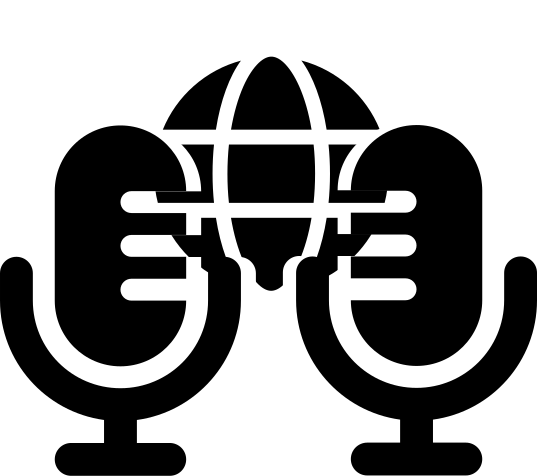Asynchronous podcasting refers to the practice of recording and producing audio content without the need for participants to be on at the same time. Asynchronous podcasting has numerous benefits, both for podcast creators and their audiences. In this article, we’ll explore some of the key benefits of asynchronous podcasting.
Asynchronous podcasting allows podcast creators to work on their own schedules.
With pre-recorded content, creators can record and produce their podcasts when it’s most convenient for them. This can be especially helpful for people who have busy schedules or who have other commitments, such as a full-time job or family obligations.
By recording content in advance, podcast creators can better manage their time and ensure that their podcasts are consistently released on schedule.

Asynchronous podcasting also allows podcast creators to experiment with different formats and styles. With pre-recorded content, creators can try out new approaches to their podcasts without the pressure of a live recording. This can lead to more creative and innovative content, which can be exciting for both creators and listeners alike.
A big benefit, at least for me, is that it can help to reduce stress and burnout. Some might be a bit more introverted and joining a podcast with co-hosts can sometimes feel more like a big chore than something they’ll enjoy.
By recording parts on their own time or responses to the previous conversation, they can calmly plan what and how they’ll say it.
For example, a lot of us are creating podcasts in English while English not being our native language. When we are joining a session with other people, we need to think fast to keep the episode engaging. Sometimes, that means that we can get stuck by trying to find the right words.
By recording our reply on our own time, we can have a better conversation in English which is also much better for our audience.
In conclusion, asynchronous podcasting offers numerous benefits for both podcast creators and audiences. From the ability to work on a flexible schedule to the opportunity to refine and polish content, pre-recorded podcasts can help to create a more satisfying listening experience for audiences while also reducing stress and burnout for creators. Asynchronous podcasting is an approach that is well worth considering for anyone who is interested in creating a successful and engaging podcast.
I also went ahead and asked AI to summarize a nice list of various benefits. Some that I agree with are (with my commentary):
- Flexibility – podcast creators can work on their own schedule, making it easier to balance other commitments,
- More creative freedom – podcast creators can experiment with different formats and styles without the pressure of a live recording,
- Increased listener satisfaction – better-formed sentences, more guided episodes for people to not lose interest,
- Reduced stress and burnout – asynchronous podcasting can help to reduce stress and burnout for podcast creators by allowing them to work on their own schedules and avoid the pressure of live recordings,
- Easier to plan and produce – it’s much easier to produce audio when you don’t have to jump in the conversation, but let your mind bring the best and form your opinions so they are understood
- Improved accuracy – less prone to errors when speaking,
- Better engagement – asynchronous podcasting can lead to more engaging content, as creators have more time to research, plan, and produce each episode.
Conclusion
Even though asynchronous podcasting (audio recording) is not for every type of interview, it can help when you’re busy or when you like to record your own parts on your own time.
At CastAsync, we built it in such a way to help us record our episodes as if we were recording them live. We don’t record 30-minute tracks each, but 2-3 minutes, and then wait for the other party to record their own. Then we repeat the process until we have a complete episode.
Once processed, the episode feels like we were recording it at the same time.

